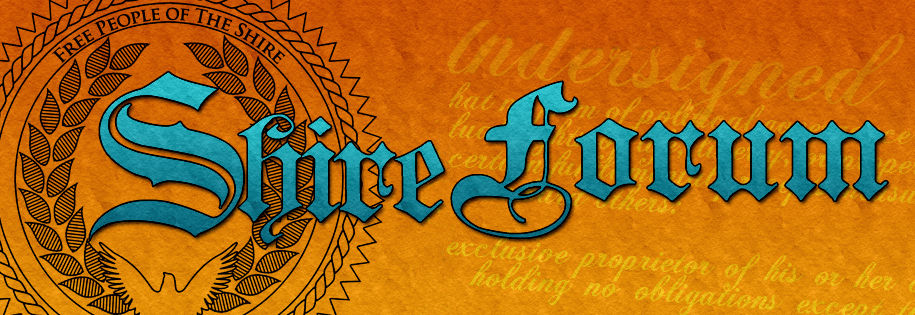Music an integral part of any society.
The link below was published in 2025, so I assume it uses figures from 2024.
I used population estimates from mid-2024.
GDP figures are from 2023.
Since not all data was from exactly the same period, the following should be taken as an approximation, at least as far as % of GDP is concerned.
States in which the music industry contribution exceeded 1% of the state GDP are
1.41% Tennessee
1.33% California
1.15% New York
1.03% Texas
States in which the music industry contribution was less than .2% of the state GDP are
0.19% Arkansas
0.19% Kentucky
0.16% Wyoming
0.15% Iowa
0.11% West Virginia
0.08% Mississippi
In New Hampshire the music industry contribution to the state GDP was 0.38%
States in which the music industry supported more than 80 jobs per 10000 persons were:
116.69 California
106.14 New York
93.09 Tennessee
88.60 Rhode Island
87.72 Pennsylvania
84.17 Colorado
82.59 South Dakota
States in which the music industry supported fewer than 20 jobs per 10,000 persons are:
19.94 Arkansas
18.21 Wyoming
18.05 Kentucky
17.62 Iowa
11.78 West Virginia
5.81 Mississippi
The states with more than 70 songwriters per 10,000 persons are:
102.78 Tennessee
92.37 Georgia
84.06 District of Columbia
71.37 New York
The states with fewer than 15 songwriters per 10,000 are:
14.68 Iowa
12.59 South Dakota
11.80 North Dakota
1.82 West Virginia
New Hampshire came in at 23.84 songwriters per 10,000 persons.
I do not have definitions for what constitutes a “music establishment”.
The following states have more than 10 music establishments per 10,000 persons:
20.40 California
13.80 Colorado
12.10 Utah
11.08 New York
10.28 Oregon
10.22 Georgia
10.08 Nevada
States with fewer than 2 music establishments per 10,000 persons are:
1.96 Kansas
1.94 Arkansas
1.91 Indiana
1.68 Iowa
1.51 Alabama
0.89 Mississippi
0.45 West Virginia
New Hampshire has 2.2 0 music establishments per 10,000 persons.
States with more than 10 royalty recipients per 10,000 persons are:
21.30 West Virginia
20.07 Tennessee
14.75 Georgia
13.61 District of Columbia
12.71 New York
12.43 California
10.70 Nevada
States with fewer than 3 royalty recipients per 10,000 are:
2.69 Montana
2.68 Utah
2.66 Alaska
2.37 Wyoming
2.02 Nebraska
1.86 Idaho
1.79 Iowa
1.57 South Dakota
1.31 North Dakota
New Hampshire has 3.54 royalty recipients per 10,000
Published 2025
